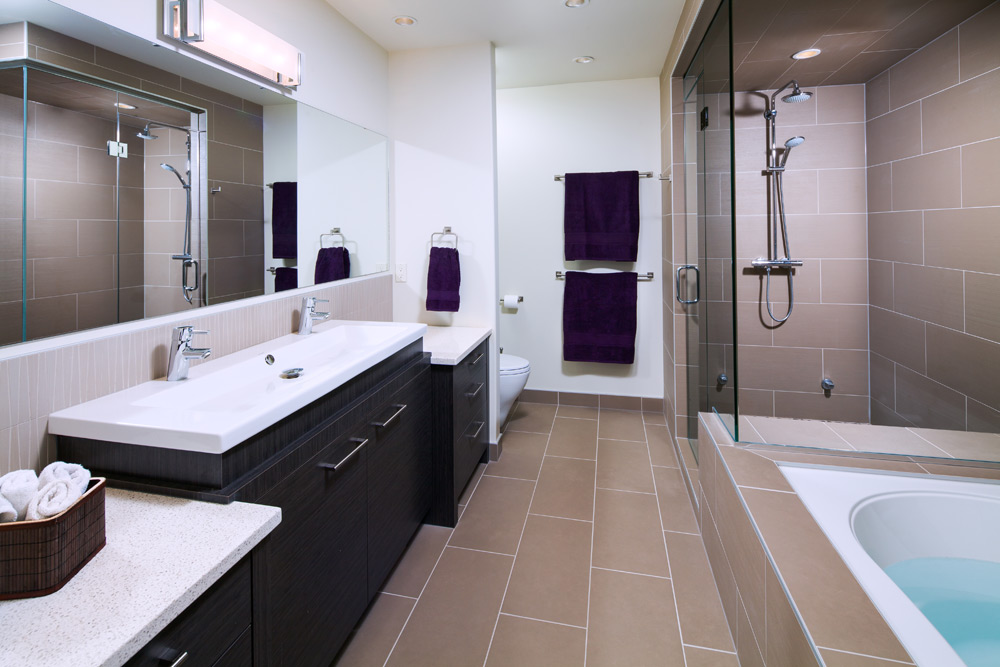In an effort to make our houses more energy efficient we are making every effort to ensure that we control (as much as we can) the number of air changes per hour. In the past uncontrolled air changes were in fact what kept a houses indoor air quality healthy. Today however, we are very concerned with energy efficiency and view these uncontrolled air changes as one of the easiest ways of reducing that inefficiency.
Some causes of poor indoor air quality come from the owners of the house. Chemical cleaning agents, furniture, smoking, and cooking are all major contributors to indoor air quality that cannot be accounted for through the construction process. These all however, still need to be addressed to ensure a healthy living environment. Other causes of poor indoor air quality do come from building materials. Highly caustic glues and resins found in everything from kitchen cabinets and carpets, to paints and other finishes, all what is called “off gas”. These gasses are typically voc’s or “volatile organic compounds“ and are proven to be carcinogenic in nature. Ideally we would avoid putting these sorts of materials anywhere near our bodies, but ensuring that we have adequate ventilation is a step in the right direction.
Further adding to our indoor air quality issues are the almost industry wide use of interior combustion appliances as a primary source for space heating and cooling. The byproducts of this combustion then entering into the air stream. Carbon monoxide, the by-product of incomplete combustion, and nitrogen dioxide, the product of normal combustion, both of which can be released into the air simply through the operation of the pilot light on gas fired appliances.


